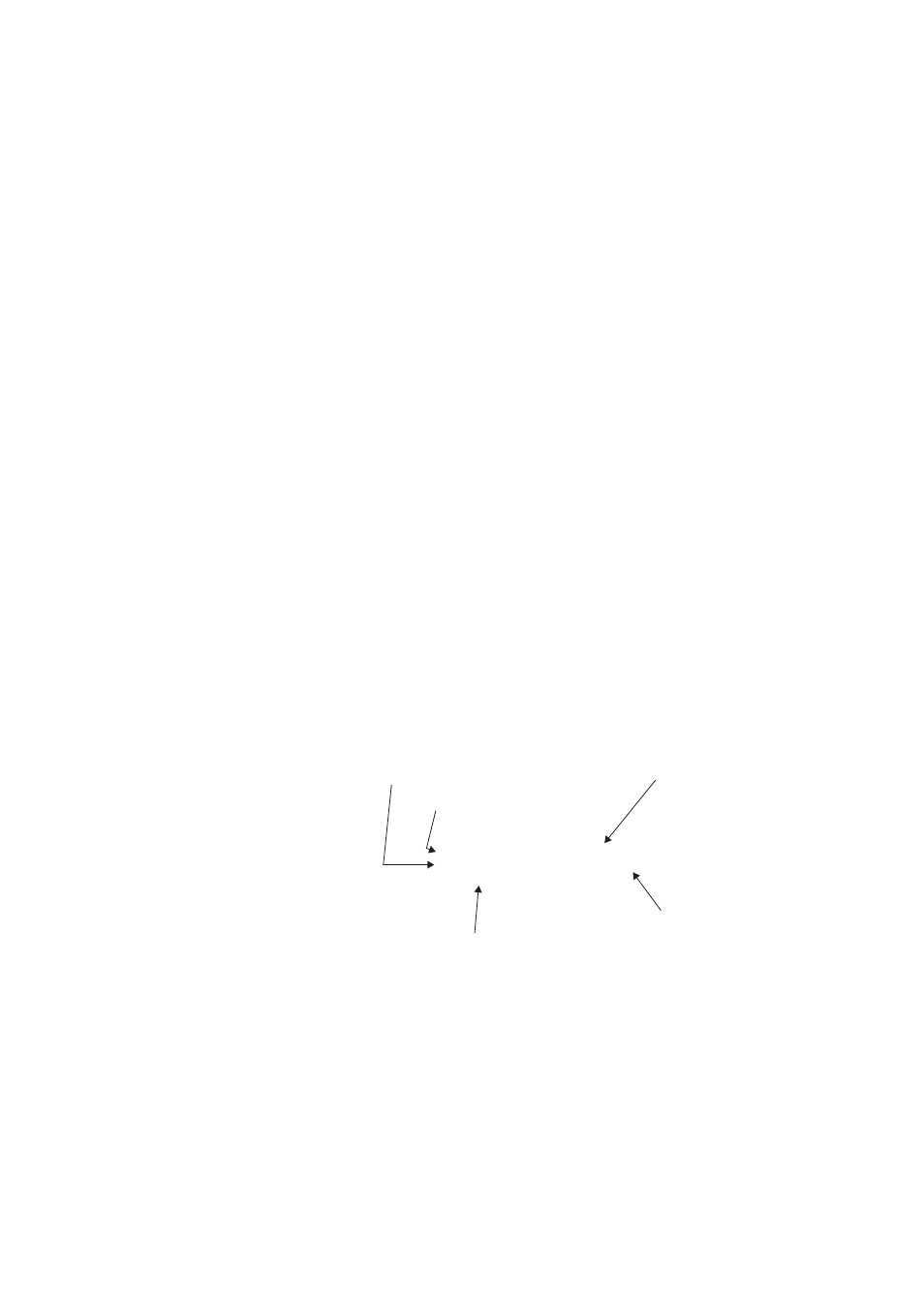Responses and result codes – Westermo GDW-11 User Manual
Page 5

AT command syntax 5
6615-2220
If verbose responses are enabled with command V1 and all commands in a command
line has been performed successfully, result code <CR><LF>OK<CR><LF> is sent
from the TA to the TE. If numeric responses are enabled with command V0, result code
0<CR> is sent instead.
If verbose responses are enabled with command V1 and subparameter values of a com-
mand are not accepted by the TA (or command itself is invalid, or command cannot be
performed for some reason), result code <CR><LF>ERROR<CR><LF> is sent to
the TE and no subsequent commands in the command line are processed. If numeric
responses are enabled with command V0, result code 4<CR> is sent instead. ERROR
(or 4) response may be replaced by +CME ERROR: <err> see appendix when com-
mand was not processed due to an error related to ME operation.
Responses and result codes
Responses start and end with <CR><LF> (except for the ATV0 DCE response format)
and the ATQ1 (result code suppression) commands.
…
If command syntax is incorrect, the “ERROR” string is returned.
…
If command syntax is correct but transmitted with wrong parameters, the +CME
ERROR: <Err> or +CMS ERROR: <SmsErr> strings is returned with adequate
error codes if CMEE was previously set to 1. By default, CMEE is set to 0, and the
error message is only “ERROR”.
…
If the command line has been executed successfully, an “OK” string is returned.
The TA response for the example command line of figure 1 could be as shown in figure
2. Here, verbose response format is enabled with command V1. If numeric format V0
would have been used, <CR><LF> headers of information responses would have been
left out and final result code changed to 0<CR>.
Figure 2: Response to a
command line
<CR><LF>+CMD2: 3,0,15,"GSM"<CR><LF>
<CR><LF>+CMD2: (0-3),(0,1),(0-12,15),("GSM","IRA")<CR><LF>
<CR><LF>OK<CR><LF>
information response to +CMD2?
information response to +CMD2=?
final result code
also string type subparameters possible
shows acceptable ranges of each subparameter
So called intermediate result codes inform about progress of TA operation (e.g. connec-
tion establishment CONNECT), and so called unsolicited result codes indicate occur-
rence of an event not directly associated with issuance of a command from TE (e.g. ring
indication RING).
In some cases, such as “AT+CPIN?” or (unsolicited) incoming events, the product does
not return the “OK” string as a response.
In the following examples <CR> and <CR><LF> are intentionally omitted.